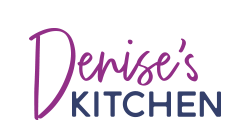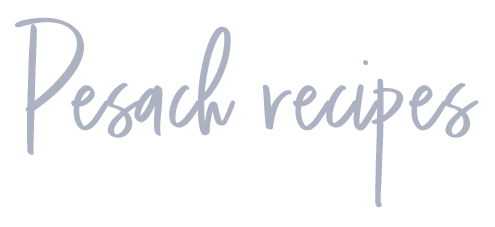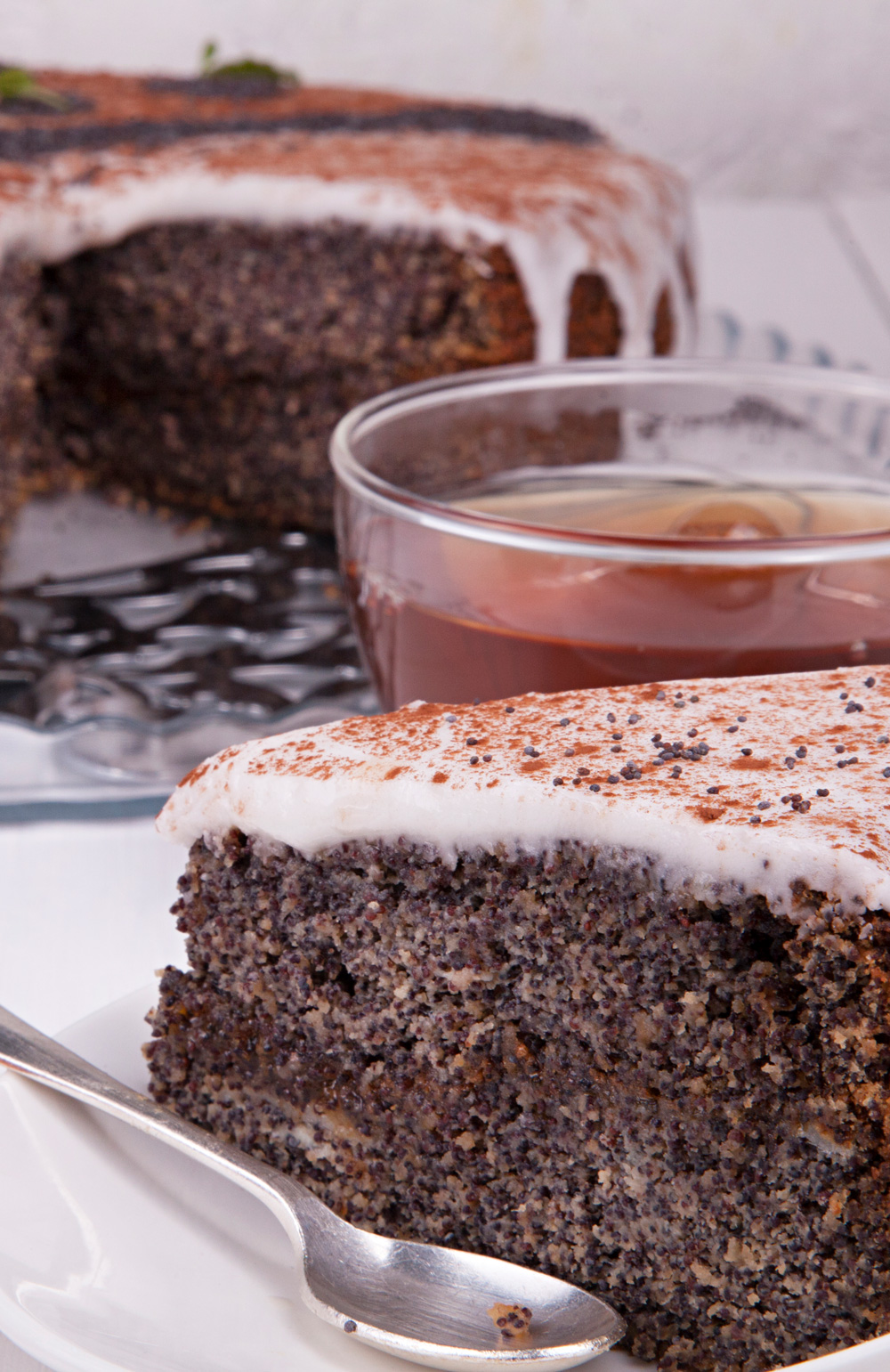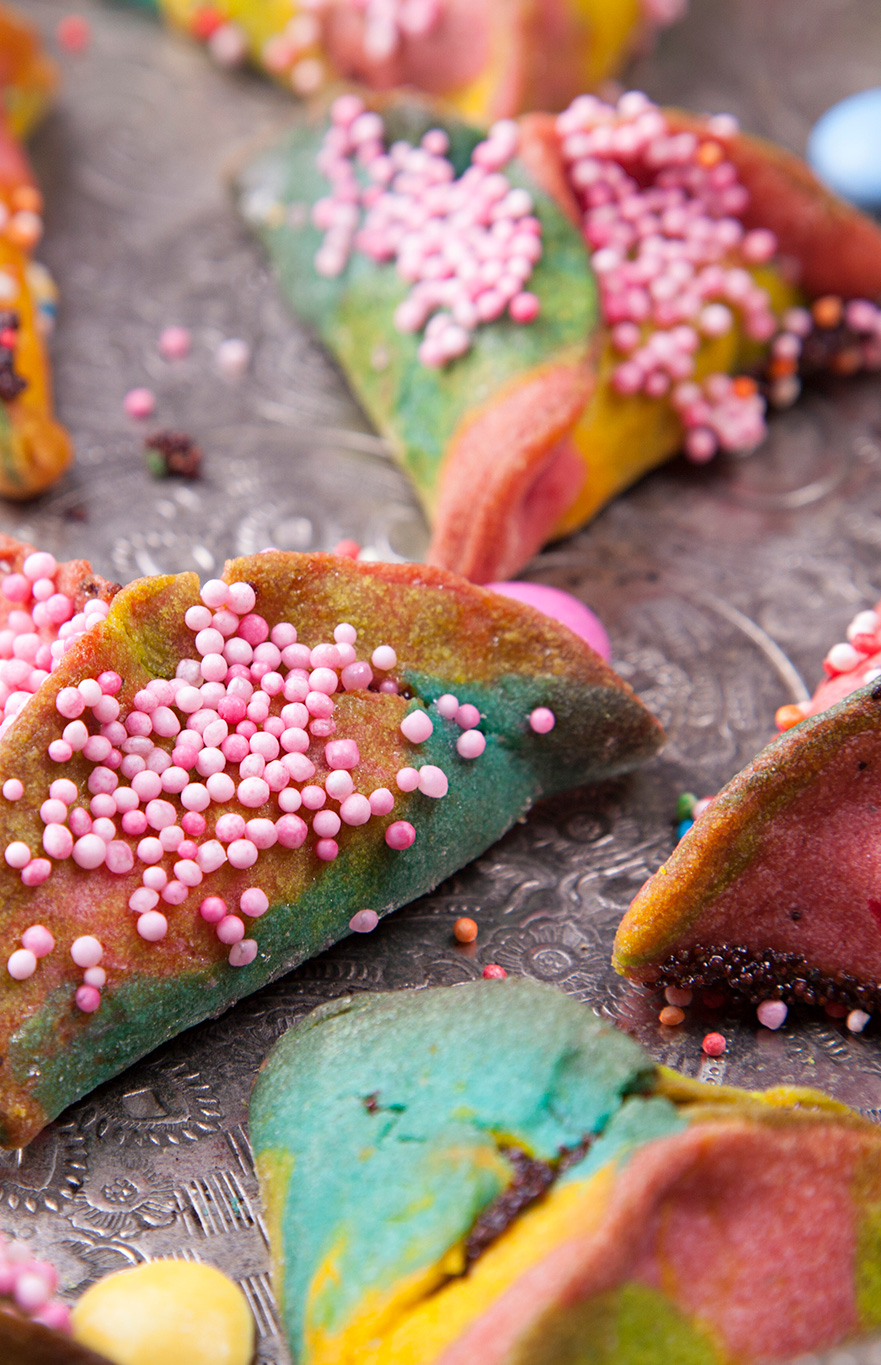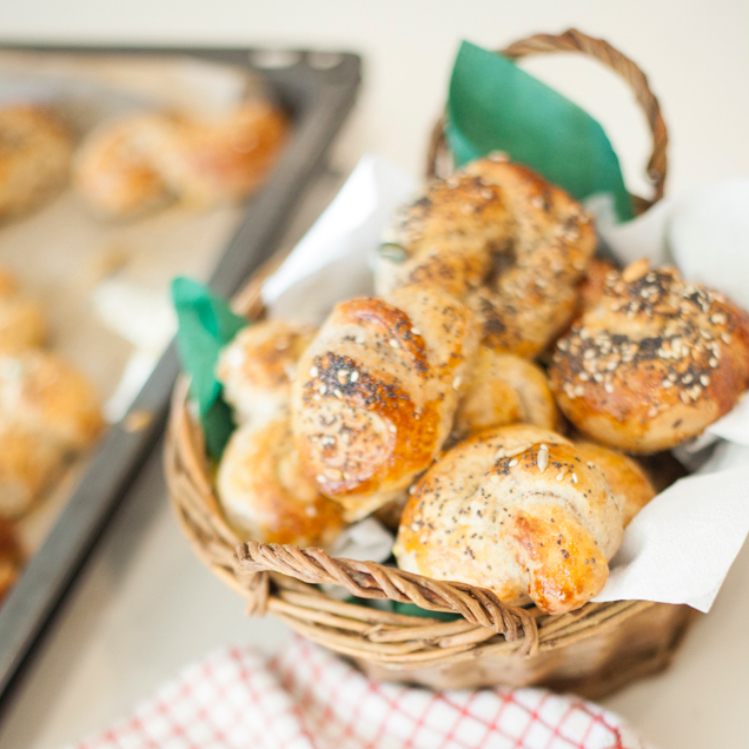Purim commemorates the time when the Jewish people living in Persia were saved from extermination by the courage of a young Jewish woman called Esther. It takes place February / March corresponding to the Hebrew date 14 Adar.
There are Several angles of food demonstrated through the story also by symbolism of the characters…
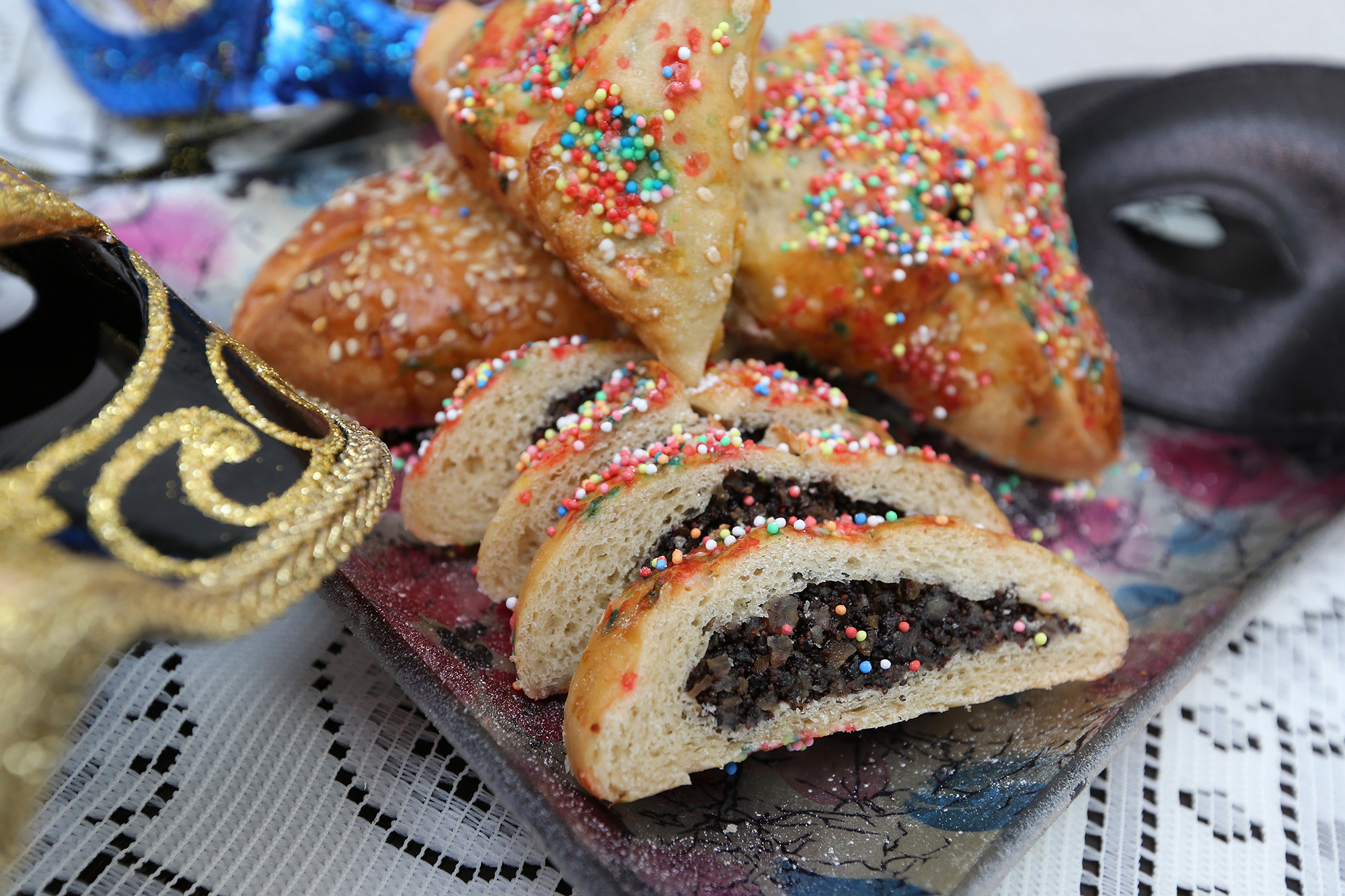
Queen Esher – our heroine of the story
Whilst in the Palace she ate a vegetarian diet– including nuts, seeds and pulses as the food was not kosher.
Esther means ‘hidden’ – throughout the story Gods name is not mentioned but there is a continuous flow of unexplained coincidences that just miraculously happen – food like kreplach and Hamantaschen have a hidden filling!
Haman – the villain of Purim
Hamantaschen mean’s ‘Haman’s pockets which were filled with money given to him as a bribe to stop him destroying the Jews. Mohn in German means poppy seeds and Tash means pockets. These are three corned pastries – made with a yeast dough, sour cream dough, rich short crust pastry which can be flavoured with lemon/ vanilla / almond.
3 corners to represent Haman’s hat – but also Esther’s strength our three founders of Judaism – Abraham, Isaac and Jacob.
Another word for Hamantaschen is Oznei Haman or Haman’s ears – there is a midrash that describes how overwhelmed with humility Haman was after his plans were revealed to kill the Jews and that when he entered the King Ahasuerus’ palace he went with ‘clipped ears’.
Discover more recipes

Denise’s Kitchen newsletter

